Tigrina Facts
Tigrina or Oncilla
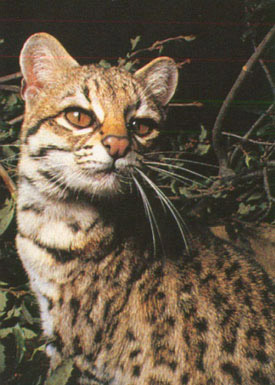
Common Name: Oncilla
Kingdom: Animalia
Phylum: Chordata (Vertebrata)
Class: Mammalia
Order: Carnivora
Family: Felidae
Genus: Felinae (leopardus)
Species: tigrinus
Misc: This species has been widely hunted for the fur trade throughout its range. In the early 80’s, it became the leading spotted cat in theinternational fur trade, with the number of skins peaking at 84,500 in 1983. The problems facing this beautiful little cat are apparent natural rarity, uncontrolled hunting, and loss of habitat due to agriculture and logging.
Sub-Species: N/A
Size and Appearance: The tigrina is 15.5-21.5 inches in length, with the tail and additional 10-15.5 inches, and weigh 4-8 pounds, making them one of the smallest cats in the Americas. The upper parts vary in color from light to rich ochre and have rows of large, dark spots. The under parts are paler and less spotted. The tail has 10-11 rings and a black tip. One fifth of all specimens are melanistic (black with black spots). They are daintily built cats with a narrow head and a white line above the eyes. The large ears are rounded and black on the outside with a conspicuous white central spot. The fur is firm, lies close to the skin and does not turn forward in the nape region as it does on the ocelot and margay.
 Habitat: Little is known about this species, however they seem to show preference for montane forests, and are found at higher levels than the margay or ocelot. In Columbia, it is restricted to elevations above 1500 m and has been found as high as 4500 m, approximately the snowline. It has also been collected from the Andean highlands in Ecuador, and in Brazil they have been found in sub-tropical forest highlands, early secondary forest and semi arid thorny scrub.
Habitat: Little is known about this species, however they seem to show preference for montane forests, and are found at higher levels than the margay or ocelot. In Columbia, it is restricted to elevations above 1500 m and has been found as high as 4500 m, approximately the snowline. It has also been collected from the Andean highlands in Ecuador, and in Brazil they have been found in sub-tropical forest highlands, early secondary forest and semi arid thorny scrub.
Distribution: Costa Rica through Northern Argentina
In captivity, Oncillas have lived more than 20 years.
Reproduction and Offspring: Little is known about this cat in the wild, however, in captivity the female’s estrus lasts for several days, and after a gestation of 74-76 days they produce a litter of 1-2 young. The kittens develop slowly, opening their eyes at 17 days and starting to take solid foods at 55 days. They reach maturity at around 1 ½ – 2 years.
Social System and Communication: The limited information that is available on this cat suggests that they are nocturnal and solitary, except for mating.
Hunting and Diet: Another are where little is known about this animal, however, most research concludes that it shares its habitat with margays and ocelots, but the oncillas generally take smaller prey. This allows them to share the range with little competition for food. The limited information available suggests that they eat rodents, small primates, birds, insects and reptiles. They are good tree climbers like their margay cousin which enables them to forage in the trees, however they do not walk slowly down tree trunks headfirst like the margay.
Status: Rare. Appendix I CITES.
Felid TAG 2000 recommendation: Tigrina (Leopardus tigrinus). Easily confused with other small, neotropical spotted cats, most of the captive population of tigrinas is located in a single private collection which is derived from several subspecies. Additional founders from range countries will be needed if this species is to survive in captivity. Therefore, the TAG recommends Phase-Out for this species. At the Annual AZA Conference (September 1999), the following four species were recommended by the Felid TAG to be ‘down-graded’ to a Phase-Out populations. For the jaguarundi, tigrina, and Geoffroy’s cat, these recommendations were made because of limited space available, the limited number of founders in these populations, and limited potential for acquiring additional founders.
How rare is this cat ? The International Species Information Service lists 15 in zoos worldwide.
Information taken from Walker’s Mammals of the World.
See Conservation Work Funded By Big Cat Rescue here:
All conservation insitu work: https://bigcatrescue.org/insitu/




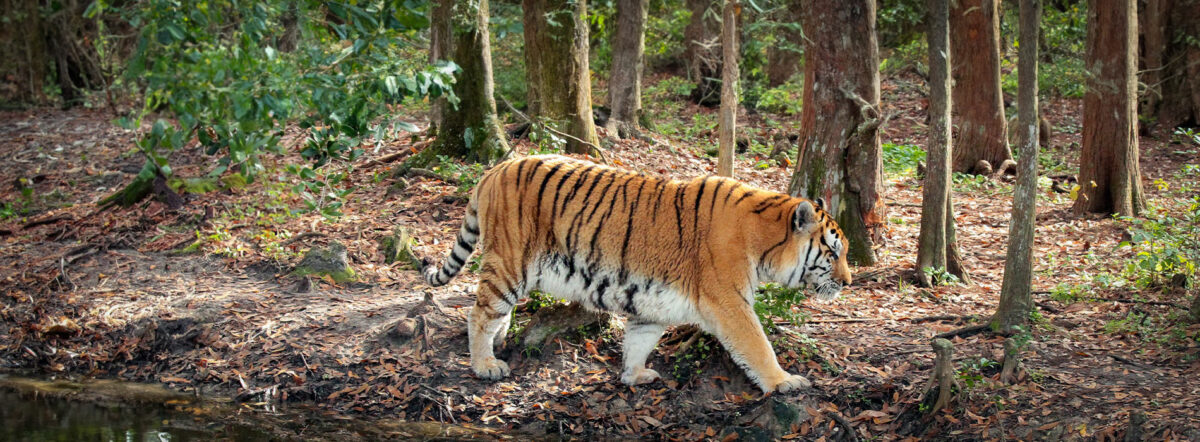
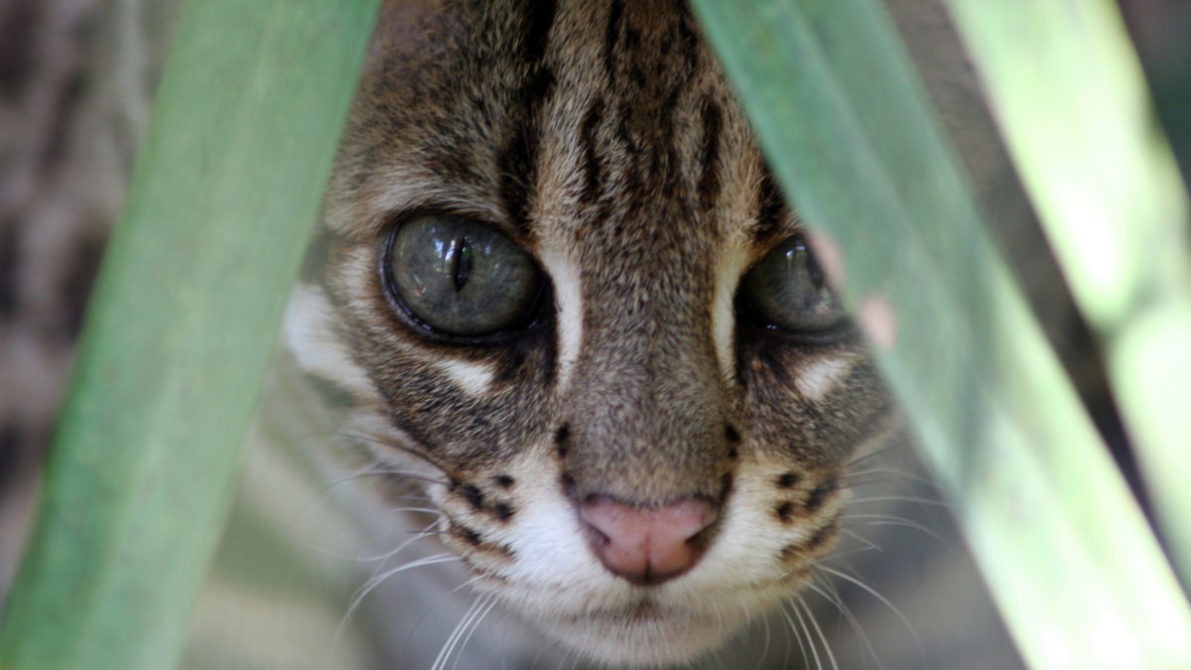
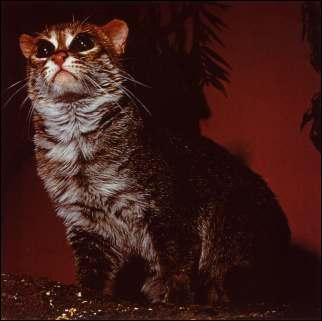
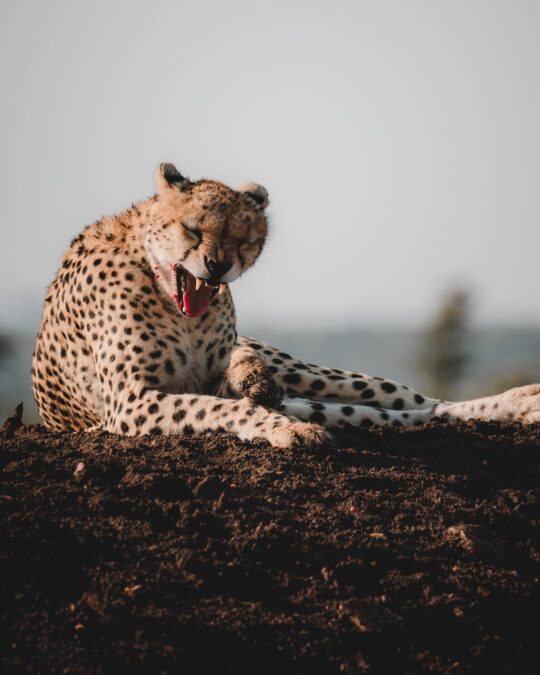
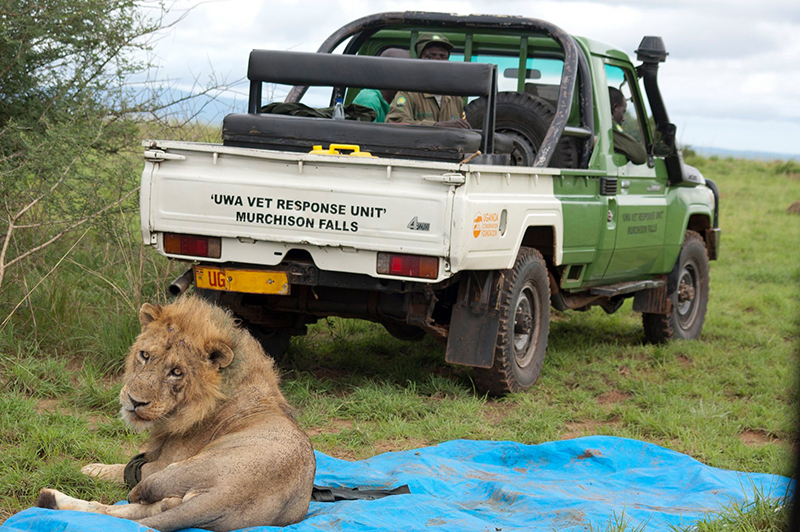
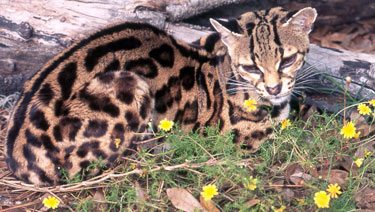
here kitty kitty.